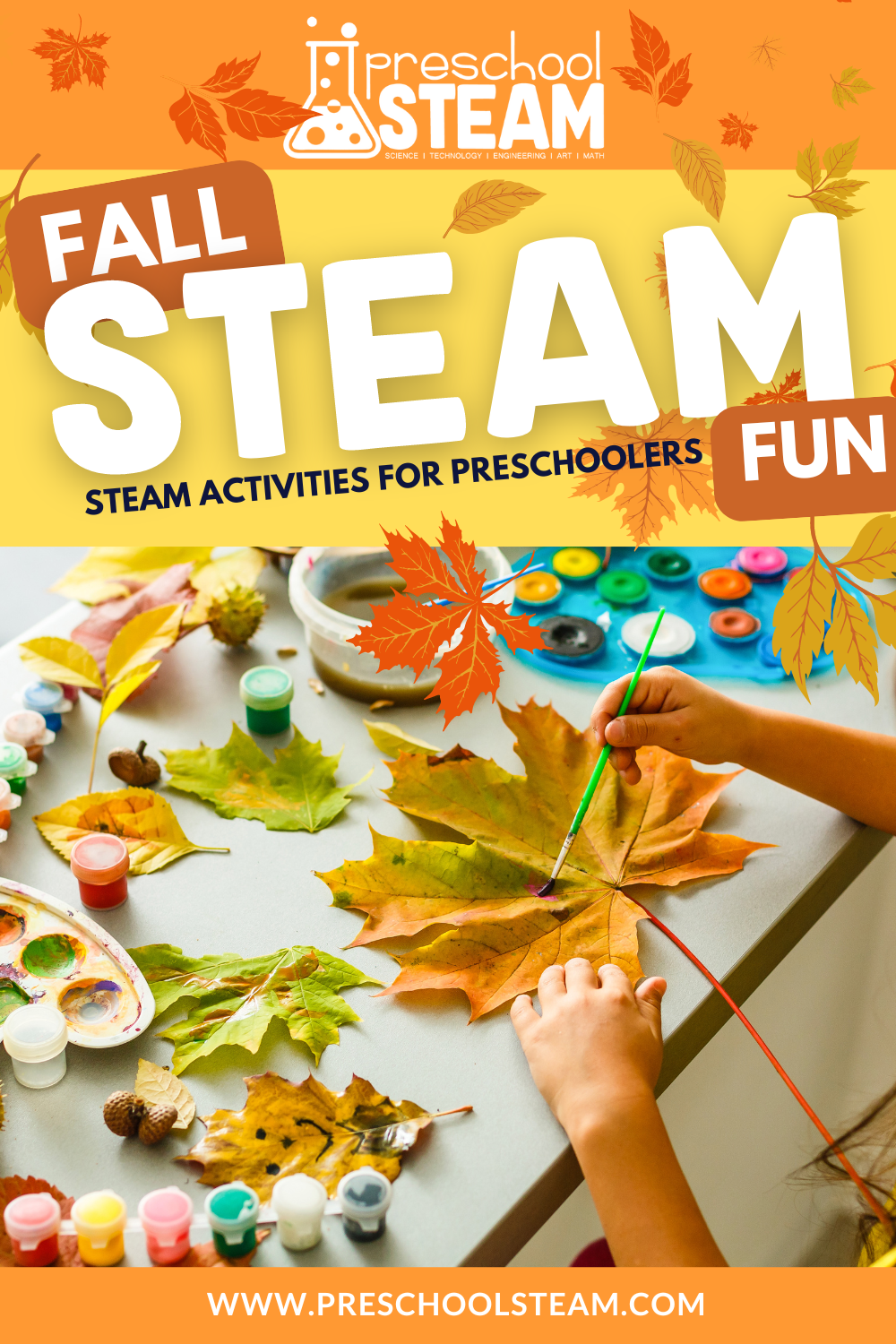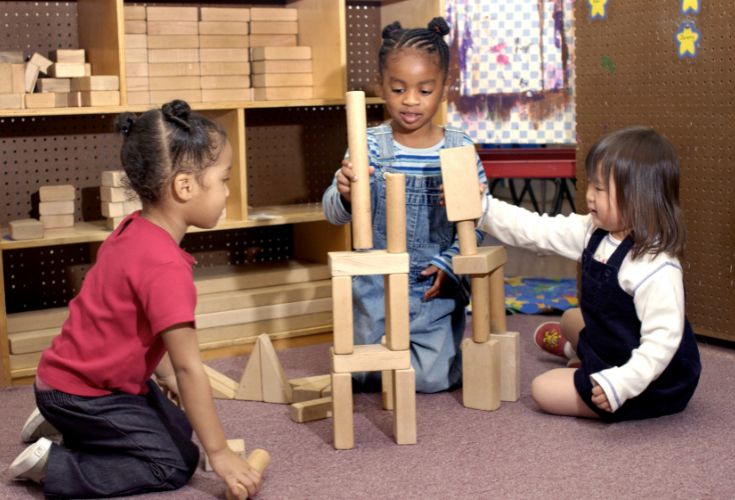As the leaves change color and the air turns crisp, fall offers the perfect opportunity to engage preschoolers in seasonal Fall STEAM activities. Preschoolers are naturally curious about the world around them, and autumn provides a wealth of sensory experiences that can spark exploration, creativity, and discovery in your classroom.
Why Seasonal Learning Matters
Preschoolers are deeply connected to their surroundings. The sights, sounds, smells, and textures of the fall season are a rich source of learning opportunities. By incorporating seasonal themes into your classroom, you not only foster curiosity but also help children make connections between what they experience in nature and the concepts they are exploring through STEAM activities.
For example, the vibrant colors of fall leaves offer a chance to discuss color mixing, classification, and even the science behind why leaves change colors. Meanwhile, the cooler weather invites discussions on temperature, weather patterns, and how animals prepare for winter. These natural changes present the perfect gateway into deeper conversations and explorations.
Observing Fall Changes with Young Learners
Rather than diving straight into structured STEM activities, begin by encouraging your students to observe the changes happening around them. Take a moment to slow down and notice the little things—whether it’s the sound of leaves crunching underfoot, the way the sunlight filters differently through the trees, or the shift in temperature throughout the day. These observations can open up conversations about the changing seasons and prompt further investigation into the why and how behind nature’s transformations.
One way to start is by introducing a classroom “observation station.” Equip it with simple tools like magnifying glasses, nature journals, and a collection of fall treasures like leaves, acorns, and pinecones. Let the children examine their findings and record their observations, encouraging them to ask questions and think critically about what they see.
Connecting Curiosity to STEAM Concepts
Once your learners have begun observing and asking questions, you can start connecting their curiosity to STEAM concepts. Focus on guiding them through explorations that feel natural, allowing their own interests to drive the learning process. For example, if they are fascinated by the falling leaves, guide them towards simple investigations around how wind and gravity affect objects.
These kinds of open-ended explorations are ideal for introducing basic scientific principles without needing a formal “lesson plan.” They are also a great way to incorporate elements of art and creativity into the learning process—whether it’s through leaf rubbings, nature-inspired art, or even experimenting with fall colors in paint.
Encouraging Reflection
Finally, encourage your students to reflect on their learning experiences. Reflection helps solidify their understanding and gives them a chance to express what they’ve learned in their own words. This can be done through discussion, drawing, or journaling, where they document their discoveries and feelings about the season.
Incorporating reflection into your seasonal learning will not only deepen the impact of these experiences but also help your students build a foundation of inquiry and observation that they can carry with them throughout the year.
Embrace Fall as a Season of Wonder
Fall is a season full of wonder and opportunity for young learners. By fostering curiosity and encouraging exploration, you can help your students engage with the world around them in a meaningful and enriching way. Remember, the best learning happens when children are guided by their own questions and interests. Embrace the season, observe, explore, and let the magic of autumn guide your STEAM explorations.


Leave a Reply